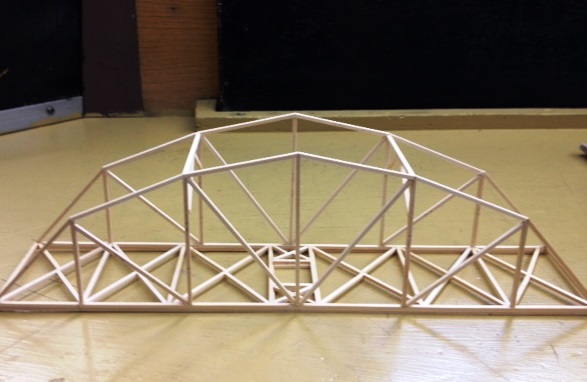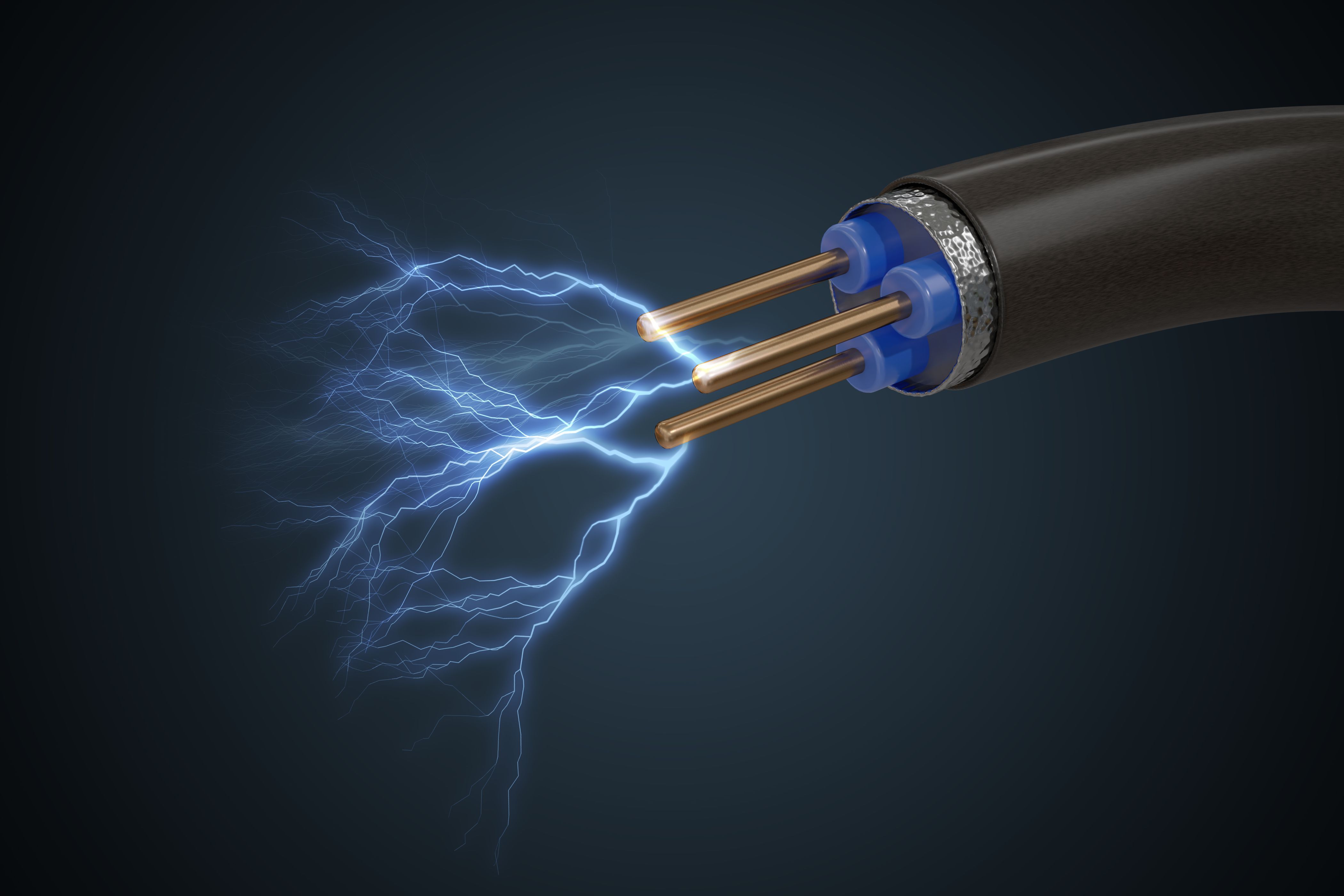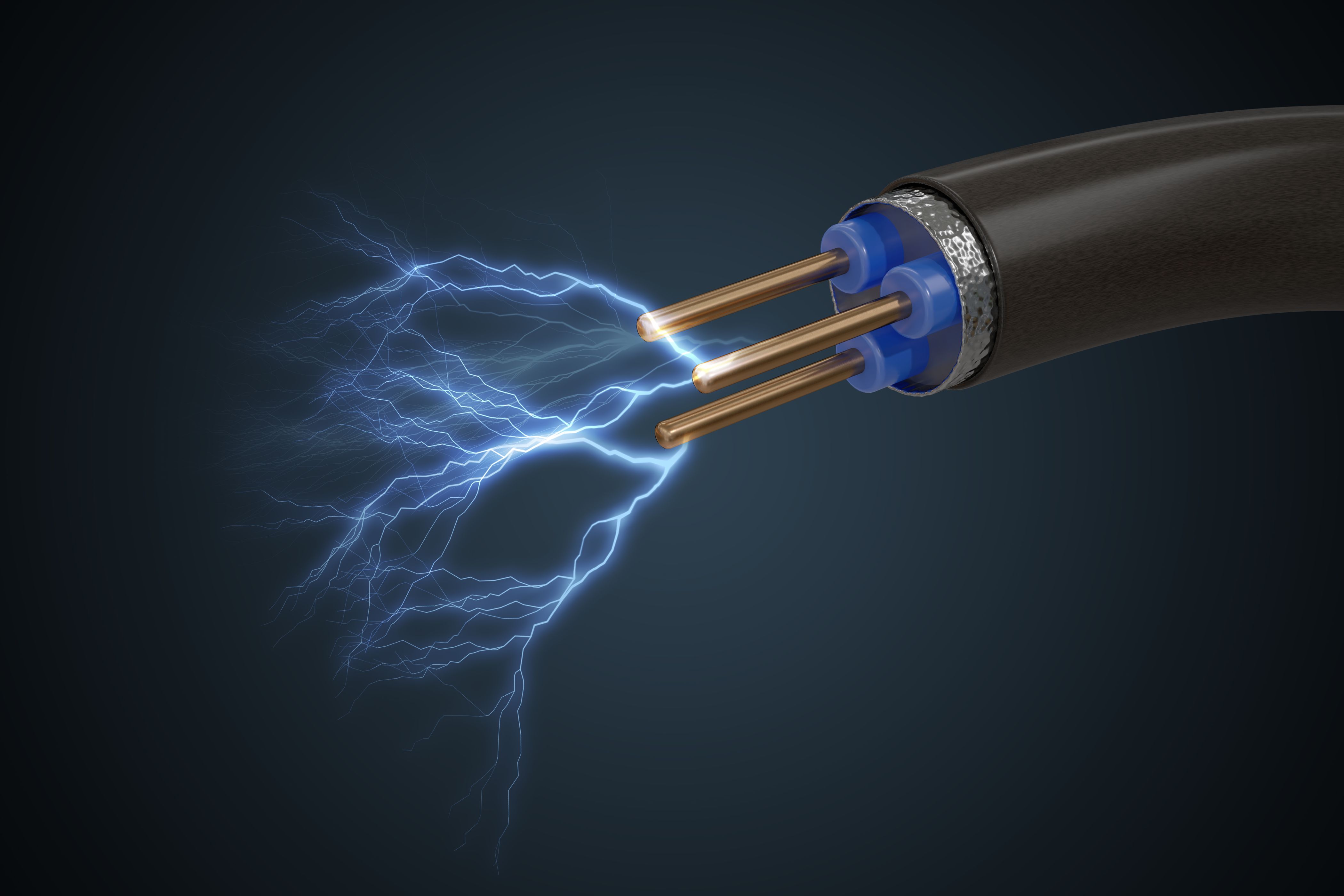Courses by Software
Courses by Semester
Courses by Domain
Tool-focused Courses
Machine learning
POPULAR COURSES
Success Stories
Week 4.2 - Combustion Efficiency Calculation after Preheating
AIM To calculate the combustion efficiency after Preheating. OBJECTIVES Find the effect of the range of inlet air preheating from 298k to 600k on the adiabatic flame temperature. Find the effect of pre-heating temperature on combustion efficiency. Theory A Recuperator is often used in power engineering…
Vishavjeet Singh Yadav
updated on 17 Jan 2022
AIM
To calculate the combustion efficiency after Preheating.
OBJECTIVES
- Find the effect of the range of inlet air preheating from 298k to 600k on the adiabatic flame temperature.
- Find the effect of pre-heating temperature on combustion efficiency.
Theory
A Recuperator is often used in power engineering like a heat exchanger. It increases the overall efficiency of thermodynamic cycles that has separate flow paths for each fluid along their own passages and heat is transferred through the separating walls. The recuperator transfers some of the waste heat in the exhaust to the compressed air, thus preheating it before entering the combustion chamber.
Many recuperators are designed as counter-flow heat exchangers.
A general flow diagram is shown below:

It is a heat exchanger between the flue gas ( with available enthalpy ) and the incoming air to be burned i.e. mixed with fuel in the combustion chamber. This pre-heated air along with fuel results in a higher combustion rate due to the higher amount of fuel being burned during the process.
Fuel: CH4
Device: Recuperator (constant pressure heat exchanger)
Combustion Efficiency of Recuperator
Energy balance equation for control volume can be written as,
(Steady Flow, Heat is transfered out of the control Volume)
Assume, Heat Transfered to the load and heat losses are the same in case of with heating and without heating.
while
Fuel Utilization can be defined as:
Therfore,
Case 1
A furnace is used to burn Methane and Air Mixture. A recuperator is connected to this furnace to recover some energy.
Assume fuel as Methane (CH4),
A Stoichiometric combustion of CH4 is analysed by,
Method for this process is quantity class. These classes are composite representations of a substance which has thermodynamic, chemical kinetic and transport properties.
Adiabatic flame teamperature is being effected by varying inlet air temperature (Preheating Temp) ranging from 298K to 600K and equilibrate method (Constant enthalpy and pressure).
Python Code
- Step1: Import Cantera to perform chemical kinetics, NumPy for numerical calculations, matplotlib to plot the results.
- Step2: Using linspace defined the range of preheating temperature.
- Step3: Create For loop inside which all the values of preheating inlet air temperature calculation done by using mole basis system.
- Step4: Build and plot the results.
"""
To understand the effect of preheating through Recuperator on Adiabatic Flame Temperature
"""
import cantera as ct
import matplotlib.pyplot as plt
import numpy as np
gas = ct.Solution('gri30.cti')
#preheating temperature range
#i = np.linspace(298,600,50)
#for storing the value of AFT
T_gas = []
t_preheat = []
#calculating AFT for all value of i
for t in range (298,601):
#Reactants
R = ct.Quantity(gas)
R.TPX = t,ct.one_atm,'O2:0.21,N2:0.79'
R.moles = 9.52
#fuel
F = ct.Quantity(gas)
F.TPX = t,ct.one_atm,'CH4:1'
F.moles = 1
M = R+F
M.equilibrate('HP', solver='auto')
T=M.T
t_preheat.append(t)
T_gas.append(T)
if (t%10==0):
print(T_gas)
plt.plot(t_preheat,T_gas)
plt.xlabel('Inlet Preheat Temperature in K')
plt.ylabel('AFT')
plt.title('Effect of Preheating on AFT')
plt.show()Results

Observations
- On increasing in inlet temperature from 298K to 600K, the Adiabatic Flame Temprature of Methane Fuel is also increases simultaneouly.
- AFT shows linear relationship with Pre-heat Temperature at Inlet.
- At 298K the AFT is 2224K which is the same as AFT of methane at STP condition.
- Preheated air is at a higher temperature than the standard atmostpheric temperature(298K) which increases the energy content(enthalpy) of air. Hence, it increases the AFT as well.
Case2: Effect of Pre-heating on Fuel saving
Ratio of heat released by the fuel to the heat input by the fuel is defined as combustion efficiency.
Total energy form combustion reaction
Air to fuel ratio
Efficiency of combustion And Lower heat of combustion value of methane is assumed as 50MJ/KG.
Assume, exit Temperature value is 1700k and the combustion products H20, CO2 and N2 to understand the effect of pre-heating on fuel saving. However there are several other products my be formed due to incomplete combustion and lack of air which effects the exit temperature.
Code:
"""
To understand the effect of preheating on combustion efficiency
"""
import cantera as ct
import matplotlib.pyplot as plt
import numpy as np
gas = ct.Solution('gri30.cti')
LHV_fuel = 50e6
"""
Calculating moles
# Product moles = n_total = 1+2+7.52 = 10.52
n_CO2 = 1/n_total = 0.096 ; n_H2O = 2/n_total = 0.1901 ; n_N2 = 7.52/n_total = 0.7148
"""
#Coefficients
N_total=10.52
n_CO2=1/N_total
n_H2O=2/N_total
n_N2=7.52/N_total
#get enthalpy of fuel
F = ct.Quantity(gas)
F.TPX = 298,ct.one_atm,'CH4:1'
h_fuel = F.enthalpy_mass
F.moles = 1
mass_fuel=F.mass
T_min=298
T_max=600
saving=[]
T_preheat=[]
eff=[]
#get enthalpy of products
P = ct.Quantity(gas)
P.TPX = 1700,ct.one_atm,{'CO2':n_CO2,'H2O':n_H2O,'N2':n_N2}
h_product = P.enthalpy_mass
for j in range (298,601):
A=ct.Quantity(gas)
A.TPX=j,ct.one_atm,{'O2':0.21,'N2':0.79}
A.moles=9.52
h_a=A.enthalpy_mass
A_F=(A.mass/mass_fuel)
Q=-((A_F+1)*h_product-A_F*h_a-h_fuel)
eta=Q/(LHV_fuel)
if j==298:
eta_init=eta
fuel_saving=100*(1-(eta_init/eta))
saving.append(fuel_saving)
T_preheat.append(j)
eff.append(eta)
if (j%10==0):
plt.figure(1)
plt.plot(j,eta)
plt.plot(T_preheat,eff)
plt.xlabel('Pre Heat Temperature(K)')
plt.ylabel('Combustion Efficiency')
plt.title('Effect of Pre Heating on Combustion Efficiency')
plt.grid(True)
plt.show()
RESULTS

OBSERVATIONS
- On increasing the inlet air temperature, combustion efficiency also increase linearly.
- We also know that nitric oxide emissions also be effected, sinse peak temperature will increase as a result of the preheating of inlet air.
- If we increase the inlet air temperature to 600 k, fuel saving is found out as 23.93%.
Is it right or wrong to assume the fixed Furnace exit Temperature?
Exit temperature requirement to preheat the air depends on the product temperature of the the reaction. In case of high exit temperature, preheating of air will be fast which help in increasing the combustion efficiency and saving the fuel. Therefore, Pre-heat temperature of the air directly proportional to the exit temperature.
Leave a comment
Thanks for choosing to leave a comment. Please keep in mind that all the comments are moderated as per our comment policy, and your email will not be published for privacy reasons. Please leave a personal & meaningful conversation.
Other comments...
Be the first to add a comment
Read more Projects by Vishavjeet Singh Yadav (20)
Week 5.2 - Literature review: ODE Stability
AIM: To understand the stability of an ODE and its effect on engineering simulation. Ordinary Differential Equation: It contains derivatives of one or more functions of an Independent variable. We need to determine the function or set of functions that satisfy the equation to solve an ODE. When does a ODE become…
29 Jan 2022 12:30 PM IST
Week 5.1 - Compact Notation Derivation for a simple Mechanism
AIM: Derive the compact Notation of simple Mechanism. Reaction Mechanism: In chemical kinetics, we use measurement of the macroscopic properties like,rate of change in the concentration of reactants or products with time, to discover the sequence of events that occur at the molecular level during a reaction. This…
21 Jan 2022 11:06 AM IST
Week 4.2 - Combustion Efficiency Calculation after Preheating
AIM To calculate the combustion efficiency after Preheating. OBJECTIVES Find the effect of the range of inlet air preheating from 298k to 600k on the adiabatic flame temperature. Find the effect of pre-heating temperature on combustion efficiency. Theory A Recuperator is often used in power engineering…
17 Jan 2022 11:14 AM IST
Week 4.1- Handling Mixtures with Cantera
AIM To work on the quantity class of the Cantera to create various mixtures. Objective Perform calculation of the adiabatic flame temperature of a gas mixture using quantity class. 1) Use the "moles" method/function of the A object(air) and explain how it was calculated. Now consider any hydrocarbon…
20 Apr 2021 07:08 PM IST
Related Courses






0 Hours of Content

Skill-Lync offers industry relevant advanced engineering courses for engineering students by partnering with industry experts.
Our Company
4th Floor, BLOCK-B, Velachery - Tambaram Main Rd, Ram Nagar South, Madipakkam, Chennai, Tamil Nadu 600042.
Top Individual Courses
Top PG Programs
Skill-Lync Plus
Trending Blogs
© 2025 Skill-Lync Inc. All Rights Reserved.








